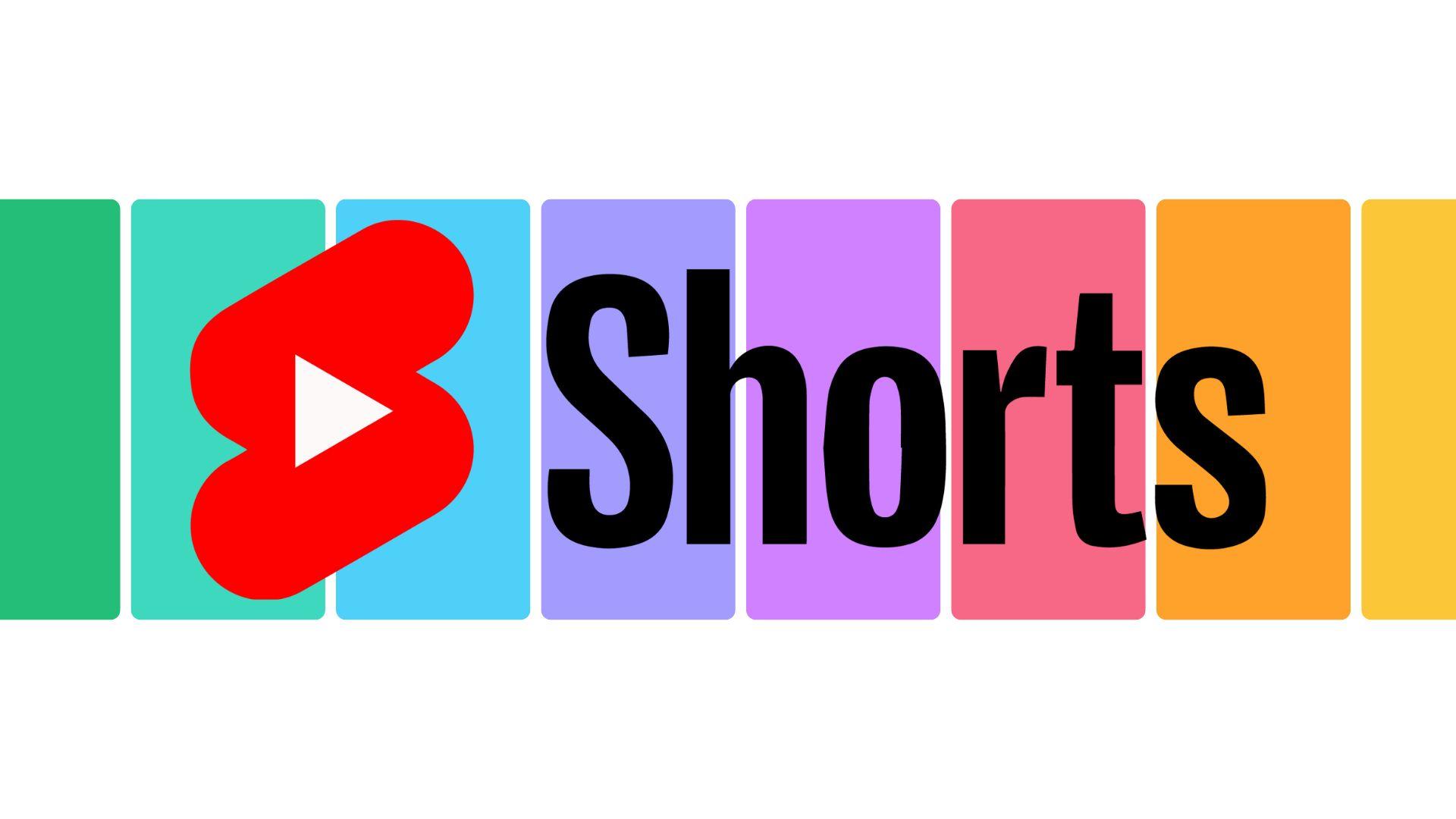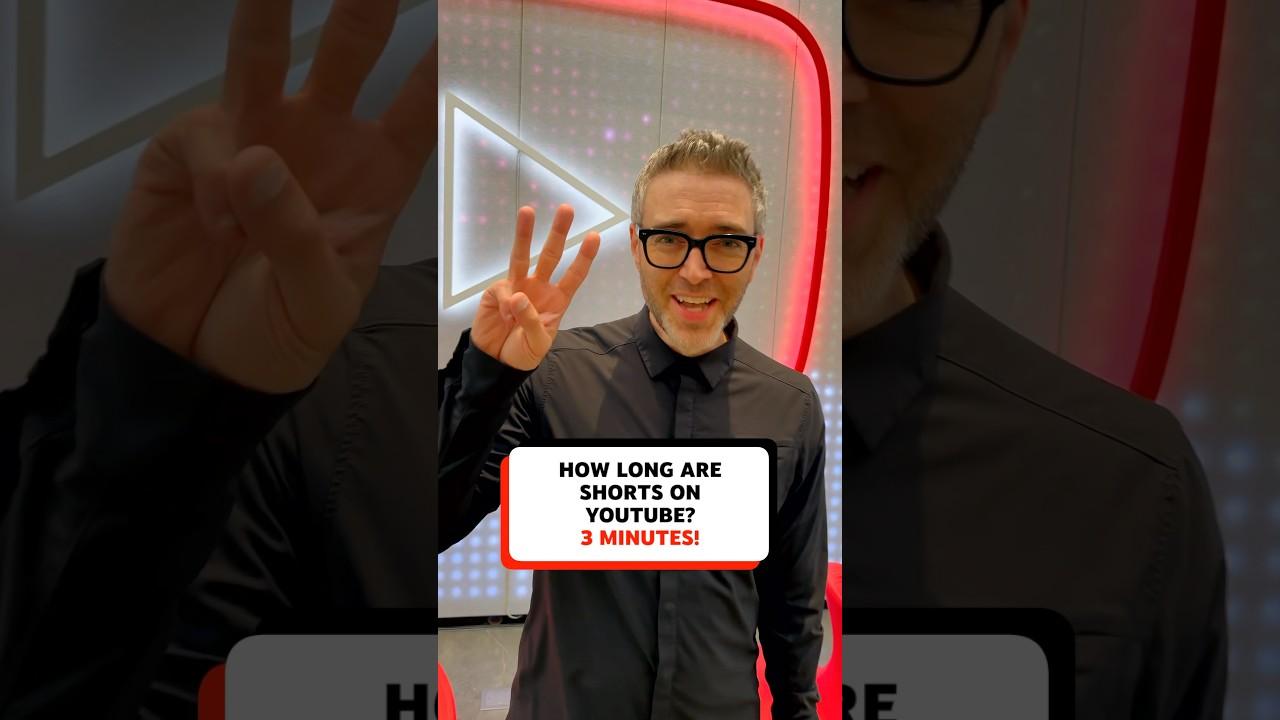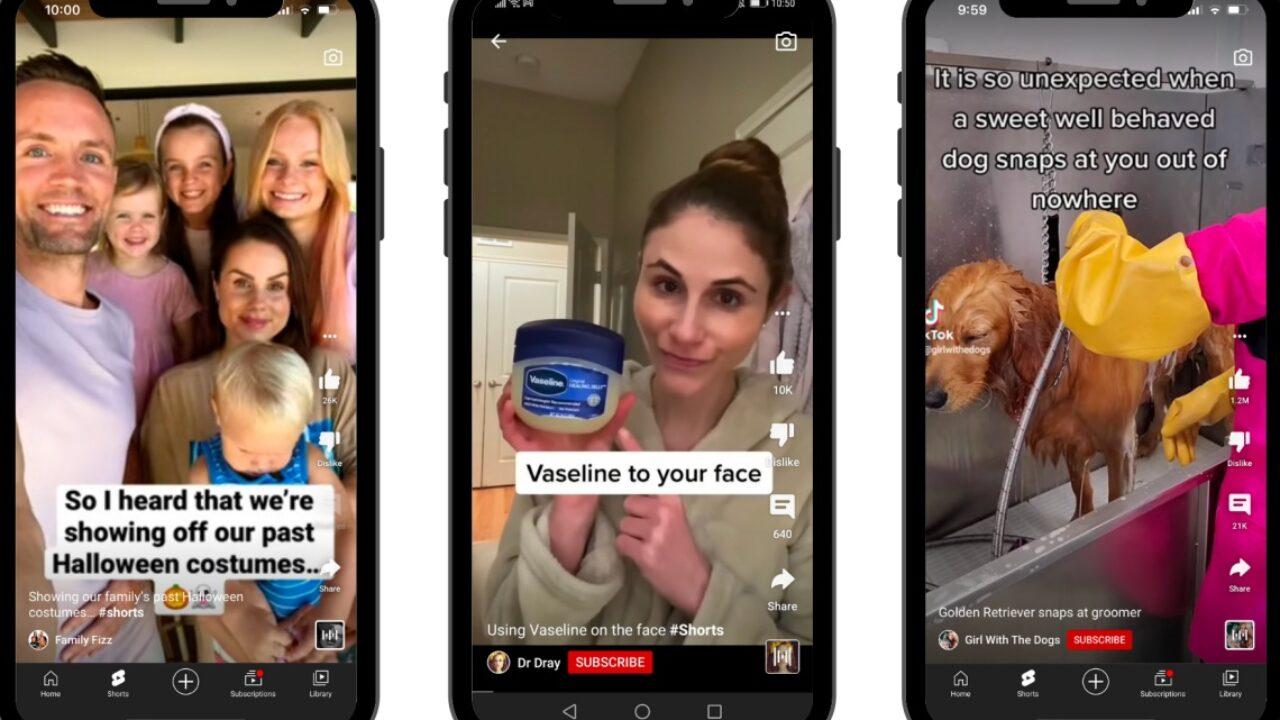Hey there, fellow creators! So, let’s chat about something that’s been buzzing around the YouTube sphere—yep, you guessed it, the brand-new monetization update for YouTube Shorts. If you’re anything like me, you probably think the latest updates are a bit of a rollercoaster ride, full of twists and turns that can leave us feeling exhilarated one moment and confused the next. Starting October 15th, YouTube announced that you could now upload Shorts that are up to 3 minutes long! Sounds fantastic, right? But before you dive headfirst into creating that epic “three-minute masterpiece,” hold up!
In the video we’re discussing today, there’s a whole treasure trove of insights that you absolutely can’t miss. The contents break down the way these longer Shorts are being consumed and the impact on ad revenue—spoiler alert: it’s not all rosy. We’ll explore what happened when the creator daringly published a three-minute Short and how things shifted drastically post-transition.
So, whether you’re a seasoned YouTube veteran or just starting in the Shorts game, this article is your friendly guide to understanding the nuances of monetization in this brave new world. Let’s get into the nitty-gritty of how to maximize your earnings while navigating these changes, so you can turn those three minutes into something worthwhile. Ready? Let’s dive in!
The Evolving Landscape of YouTube Shorts Monetization
Since YouTube announced the ability for creators to share three-minute Shorts, there’s been quite the buzz around how it impacts monetization. Before this change, many creators released videos that technically qualified as Shorts but were still expected to perform like traditional long-form content. The reality? Those videos often floundered when watched as Shorts, leading to significantly lower viewing figures and almost nonexistent ad revenue. When the transition fully took effect on November 21st, the drop in earnings was staggering—some creators saw income plummet from a potential $2-4 per day to a mere 2-4 cents. Talk about a wake-up call! The adjustment not only highlighted the differences in revenue streams but also made us reassess the very purpose of these Shorts.
It’s crucial for content creators to rethink strategy in this brave new world of monetization—especially when deciding how to harness the full three minutes now at their disposal. Sure, you’ve got more time to weave your narrative, but cramming the same old story into this new format doesn’t play to its strengths. Creators should focus on crafting distinctly engaging content that takes advantage of the shorter attention spans typical of social media. That said, the fun doesn’t have to be sacrificed for profitability; if you’re in it for the love of creating rather than the paycheck, consider this a fantastic opportunity to explore new storytelling avenues. And who knows? The right approach might just lead to organic growth that transcends ad revenue metrics. Embracing this shift could unlock a treasure trove of creative potential!

Why 3 Minutes Might Not Be Your Golden Ticket to Revenue
The whole idea behind three-minute YouTube Shorts sounded golden, right? But let’s dig a little deeper. Initially, when these longer shorts first rolled out, they were still showing up in some unintended places, leading viewers to experience them as if they were traditional long-form videos. What does this mean in practical terms? Well, during that confusing transition, I experimented with one of these long shorts. The result? A serious drop in viewership, with most viewers clicking off faster than you can say “subscribe.” The kicker is that the ad revenue plummeted almost to zero, highlighting a stark contrast between the revenue generated from traditional watch pages and the meager earnings from the shorts feed.
So, what happens when you stick to a three-minute format without considering its placement? Simply put, you could be leaving a lot of money on the table. Before the official transition, that same video raked in around $100 from 25,000 views. Post-transition? A mere 33 cents from 6,000 views! That’s a jaw-dropping drop of 99% in revenue overnight! This brings us to a crucial point: Just because you can now create a slightly longer short doesn’t mean you should forgo the benefits of traditional long-form content. After all, if you really want to maximize revenue while creating visually engaging content, you might be better served by keeping your videos under a carefully measured time limit and ensuring they’re optimized for the right ad placements.

Navigating the New Shorts Feed: What Creators Need to Know
As the landscape for creators shifts with the introduction of three-minute YouTube Shorts, it’s crucial to understand how this change alters the monetization game. For a while, these longer Shorts overlapped with long-form video content, leading to a confusing watching experience. Imagine posting a masterpiece only for it to be shown at the wrong exhibit—this is essentially what happened when viewers interacted with long-form Shorts. Creators quickly discovered that when content was perceived as a traditional video, the engagement and earnings were significantly higher. In stark contrast, once the Shorts transitioned to being exclusively available in the Shorts Feed, earnings plummeted, demonstrating a critical pivot in how monetization works on the platform.
So, what does this mean for creators? Well, it’s a bit of a double-edged sword. On one hand, you’ve got more room to express your creativity, but on the other hand, the revenue model has shifted dramatically. The potential earnings from a 3-minute Short can drop drastically compared to a traditional long-form video. For instance, a video that might have earned between $2 and $4 a day can shrink to a measly 2 to 4 cents post-transition. It’s essential to consider your goals: if you’re in it for the quick audience growth and engagement, then the new length is an opportunity to deeply connect with viewers. However, if you’re eyeing those ad dollars, you might want to think carefully about how you frame your content. Remember, every minute spent creating could mean either an investment in your future success or a dramatic dip in revenue.

Smart Strategies for Maximizing Earnings with YouTube Shorts
When it comes to maximizing your earnings with YouTube Shorts, it’s crucial to understand how the platform’s changes affect ad revenue. As of October 15th, 2023, the length of Shorts has extended to 3 minutes. But here’s the catch: when viewers engage with these longer Shorts outside of the Shorts feed, your potential earnings take a nosedive. Think about it this way—if your video is presented as a long-form video, it could potentially attract a wider range of ad types, from non-skippable ads to display ads. When these videos transition to the Shorts feed, the ad revenue equipment shifts to just Shorts feed ads, resulting in a significant reduction in revenue from $2-4 per day to a staggering $0.02 – $0.04. Isn’t that wild?
Now, the burning question is: how do you navigate this new landscape? To maximize your earnings, here are some smart strategies you might want to consider:
- Stick to under 90 seconds: Focus on delivering punchy, engaging content that keeps viewers hooked without leaning too heavily on the long format.
- A/B testing: Experiment with different styles and lengths to see what your audience responds to better. You may find that shorter, snappier videos resonate more, even if they’re under that new 3-minute cap.
- Embrace vertical format: If you want to stay in the Shorts category, make sure your videos remain in a vertical format. Adding borders to make them wider will transform them into long-form content—so think before you edit!
Final Thoughts
As we wrap up our deep dive into the YouTube Shorts monetization update, I hope you’re feeling a bit more informed and maybe even a tad inspired. Isn’t it wild how the shift to 3-minute videos has completely transformed the playing field? It’s almost like watching a magician pull a rabbit out of a hat—“Surprise! Those extra minutes don’t exactly translate to extra dollars!”
We all know that navigating the ever-evolving world of YouTube can sometimes feel like trying to keep your balance on a rollercoaster, right? One moment you’re up, and the next, you’re in freefall. The revenue drop from Long YouTube Shorts to the Shorts feed is jaw-dropping! Sure, you might have more time to craft your story and engage your audience, but as we saw, if your goal is to maximize revenue, it’s vital to think strategically about how you deliver that content.
So, what’s the takeaway here? If you’re planning to embrace the new 3-minute format, go wild with your creativity, but keep a close eye on how it could impact your earnings. Remember, it’s all about finding the right balance between entertaining your viewers and making your passion pay off.
I’m excited to see how you’ll wield those extra two minutes—will you take us on a deeper journey, or keep it snappy and engaging? Whatever path you choose, just keep your audience in mind, and don’t forget to have fun along the way! Until next time, keep creating, keep experimenting, and most importantly, keep sharing your unique voice with the world. You got this!



